Australian Hay Update - Thursday 17th August
Australia is well into the hay growing season and in general, it looks like most farmers will achieve average to above-average yields of good quality hay come harvest time. As highlighted in our last Australian hay update on 26 June, less moisture, particularly at the end of the hay growing season produces a far better product to suit the dairy and livestock industries.
Below is a brief update on Australia's main three hay producing states.
South Australia
A slow start to the season with minimal early rainfall resulted in delayed seeding.
This year, growers were able to ensure good weed management at seeding. High rainfall post seeding allowed crops to germinate. This moisture met the subsoil moisture from last spring to set South Australia up for a promising season.
The long-range forecast is for a dry finishing season with a warm spring. With a predicted dry and warmer spring this year, South Australia is on track for average hay yields and a season that is going to make high quality hay.
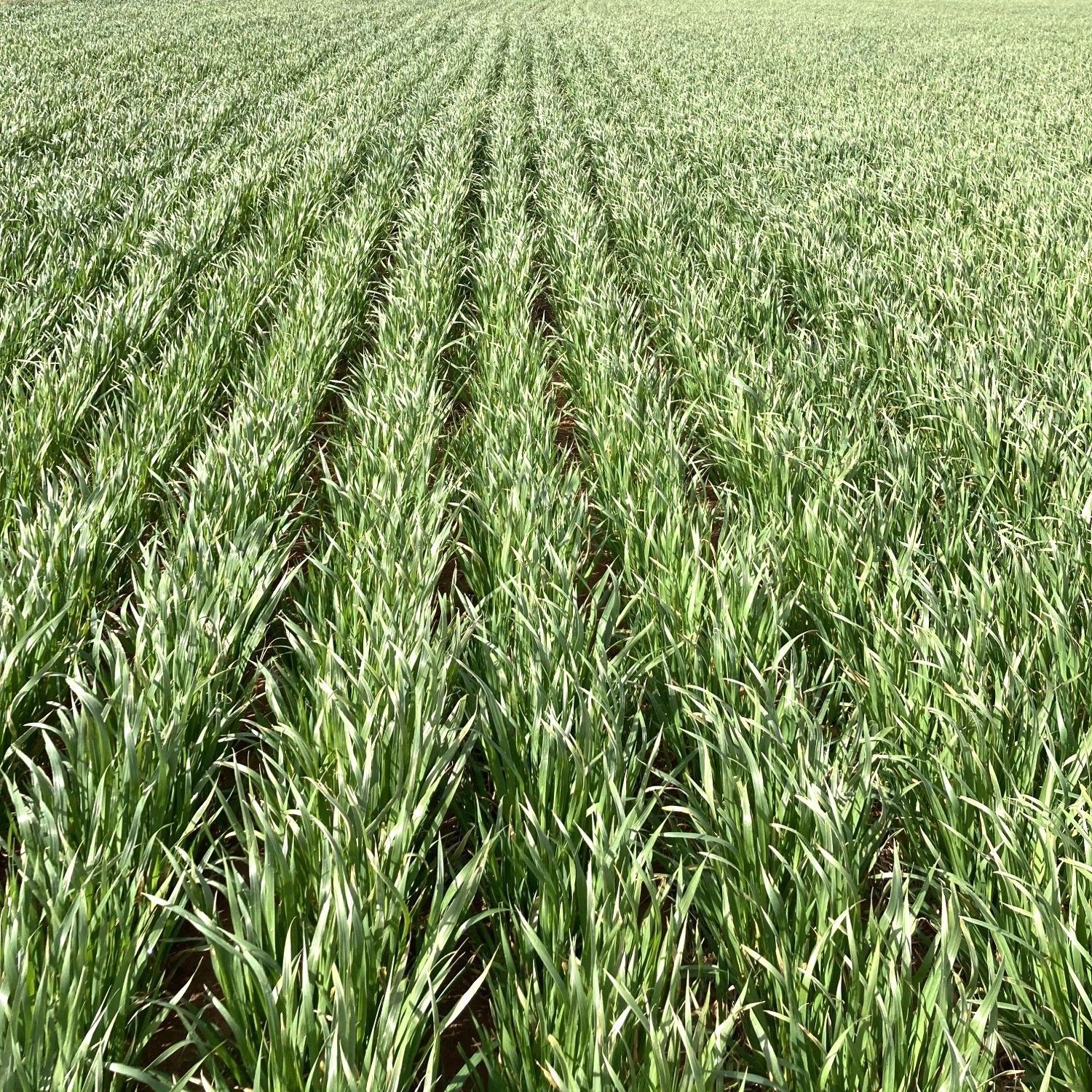
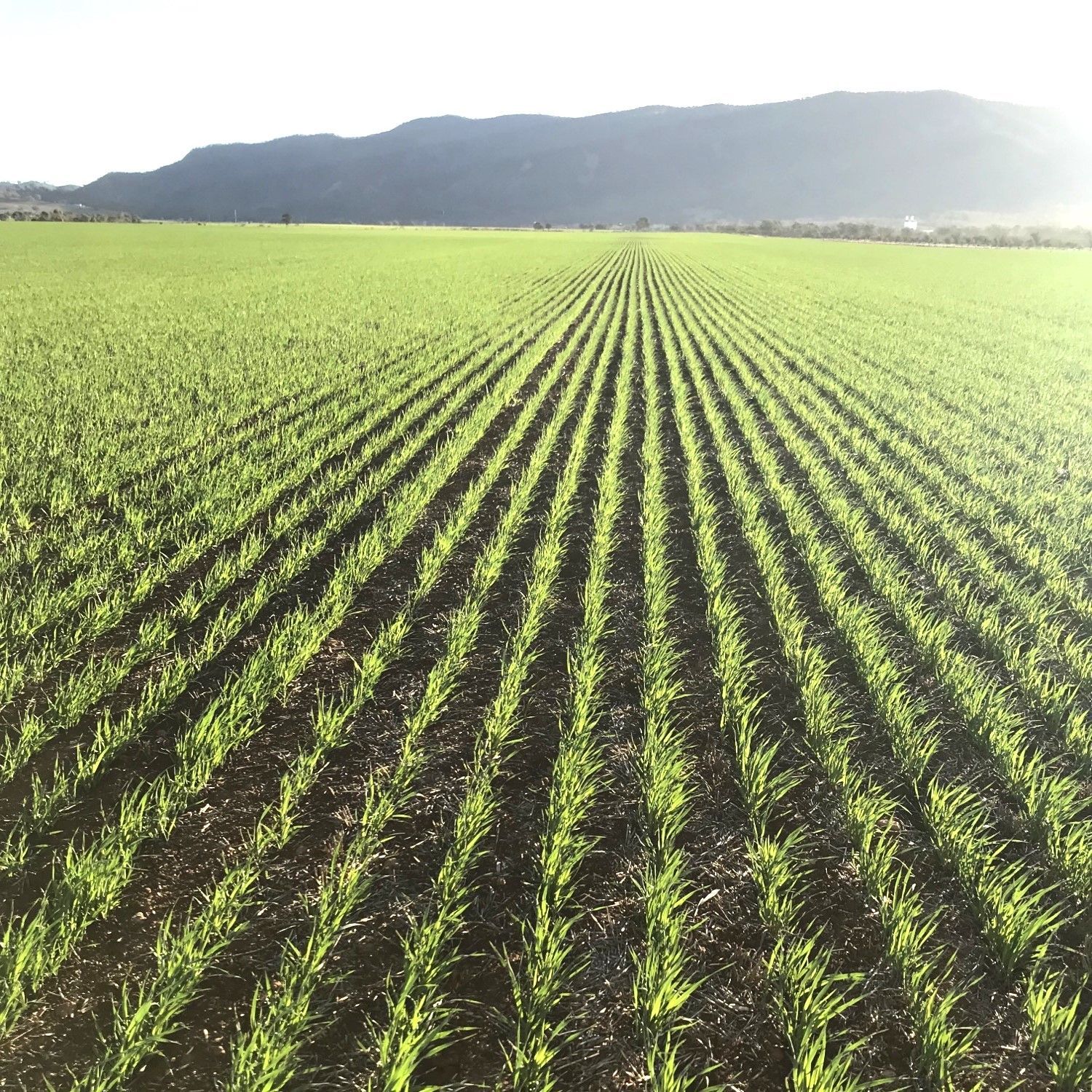
Western Australia
The season started strong with good opening rains, and we have seen this pattern continue for most of the growing season so far.
Brookton and surrounding areas had average rainfall, while parts of the Wheatbelt and further east have received slightly less.
Western Australia is on target to achieve above-average yields this season.
Hopefully, we will not have any rain for the hay-making period to allow growers to produce good quality hay.
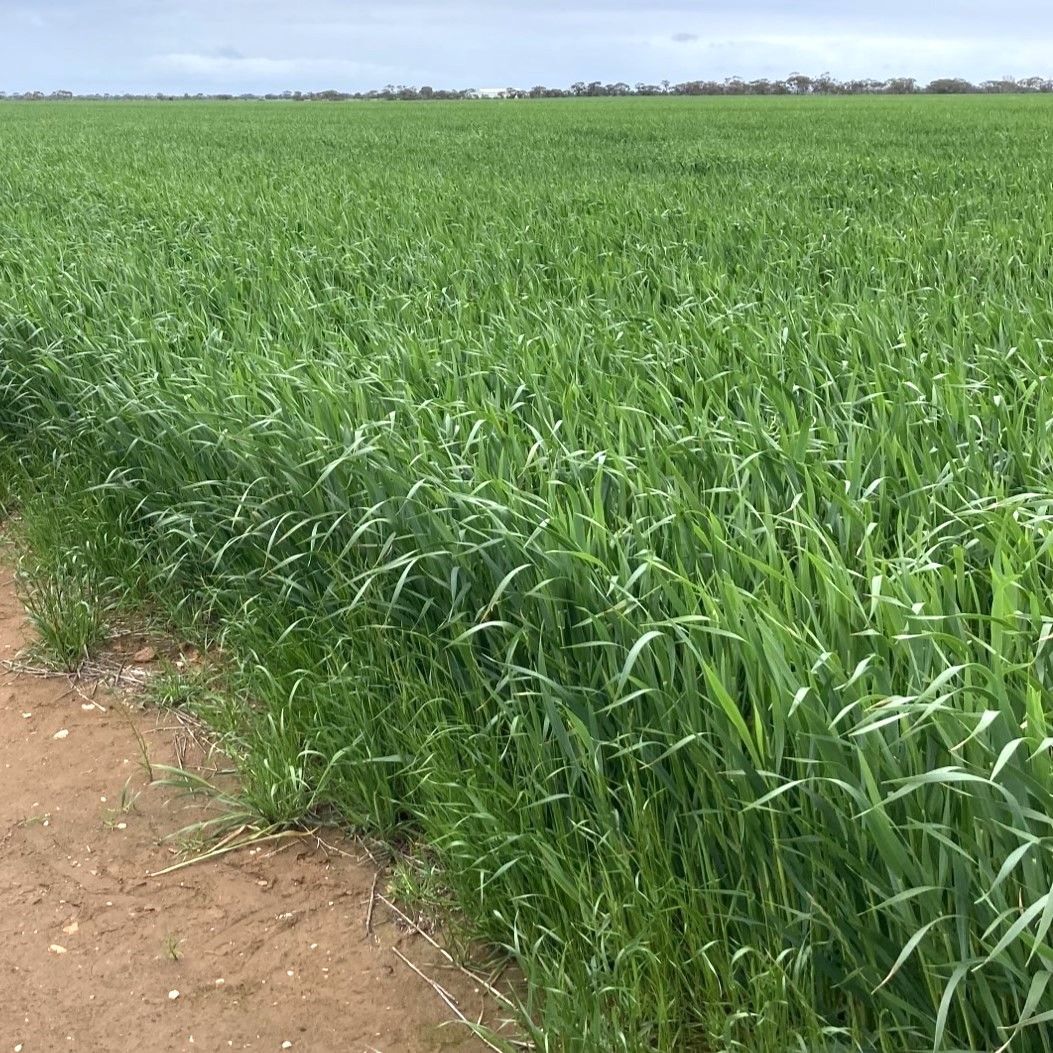

Victoria
Most of Victoria has had a slow start to the growing season followed by a large volume of rain.
Much of Central Victoria currently has a full moisture profile and areas north and northwest have had above average falls for the growing season so far.
Victoria has experienced minimal rain over the last month with frosts becoming frequent. Victoria is currently on track to achieve above average yields this season.
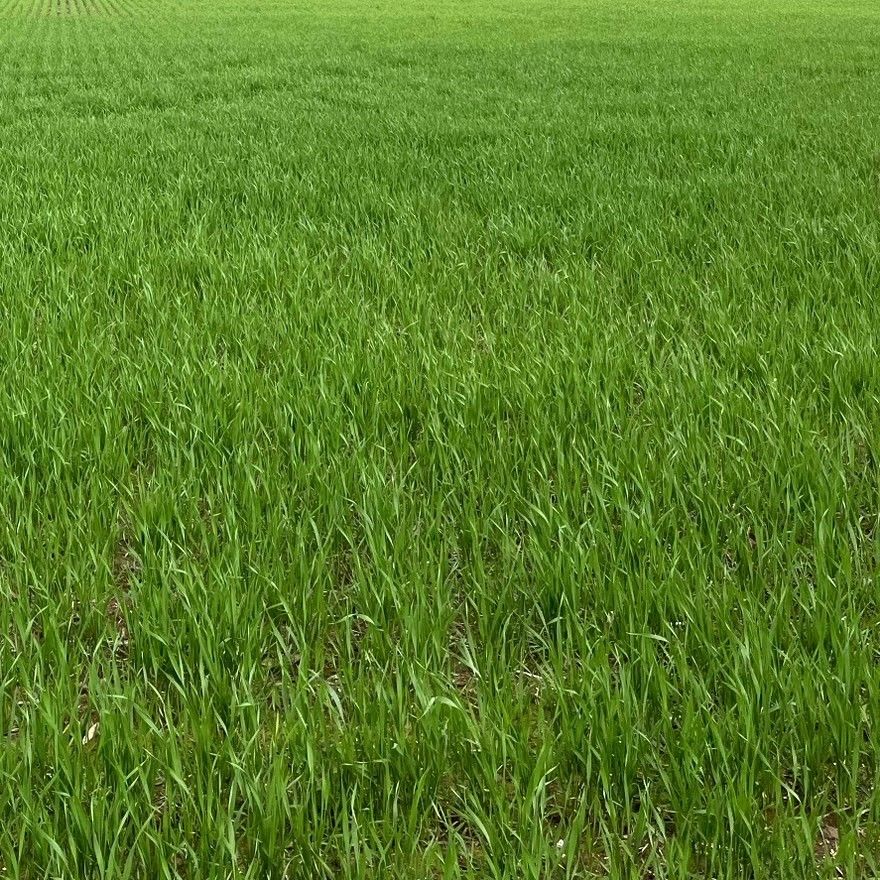

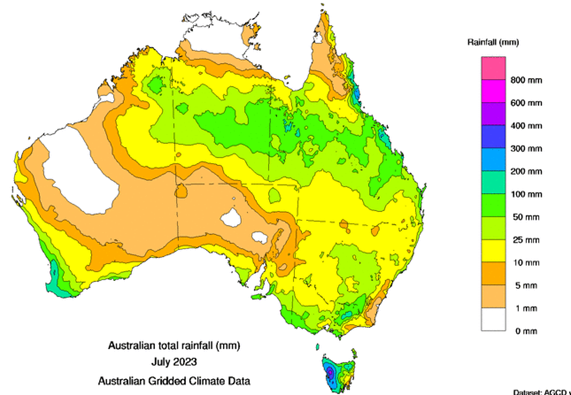
The 2023/24 oaten hay season is off to its best start for a number of years and with improved long haul freight rates, it is expected that products destined for the Middle East will be in strong demand. The team at Basis Commodities is available to discuss fodder requirements and also to support our clients with technical information. Our close association with BALCO Australia will ensure the appropriate information is shared with nutritionists and the livestock output is at optimal levels.
Please follow the link and enjoy this video detailing the support from Basis Commodities and BALCO Australia.
Please contact Nader Hassan or Steven Foote, who are available to support any fodder needs for the season.
Steven Foote
Sydney, Australia
M: 0408 308 908
E: steven@basiscommodities.com
Nader Hassan
Dubai, UAE
M: +971566915688
E: nader@basiscommodities.com
Sign up to our mailing list
Share This Article
Other articles you may like
Sign Up
Enter your email address below to sign up to the Basis Commodities newsletter.








